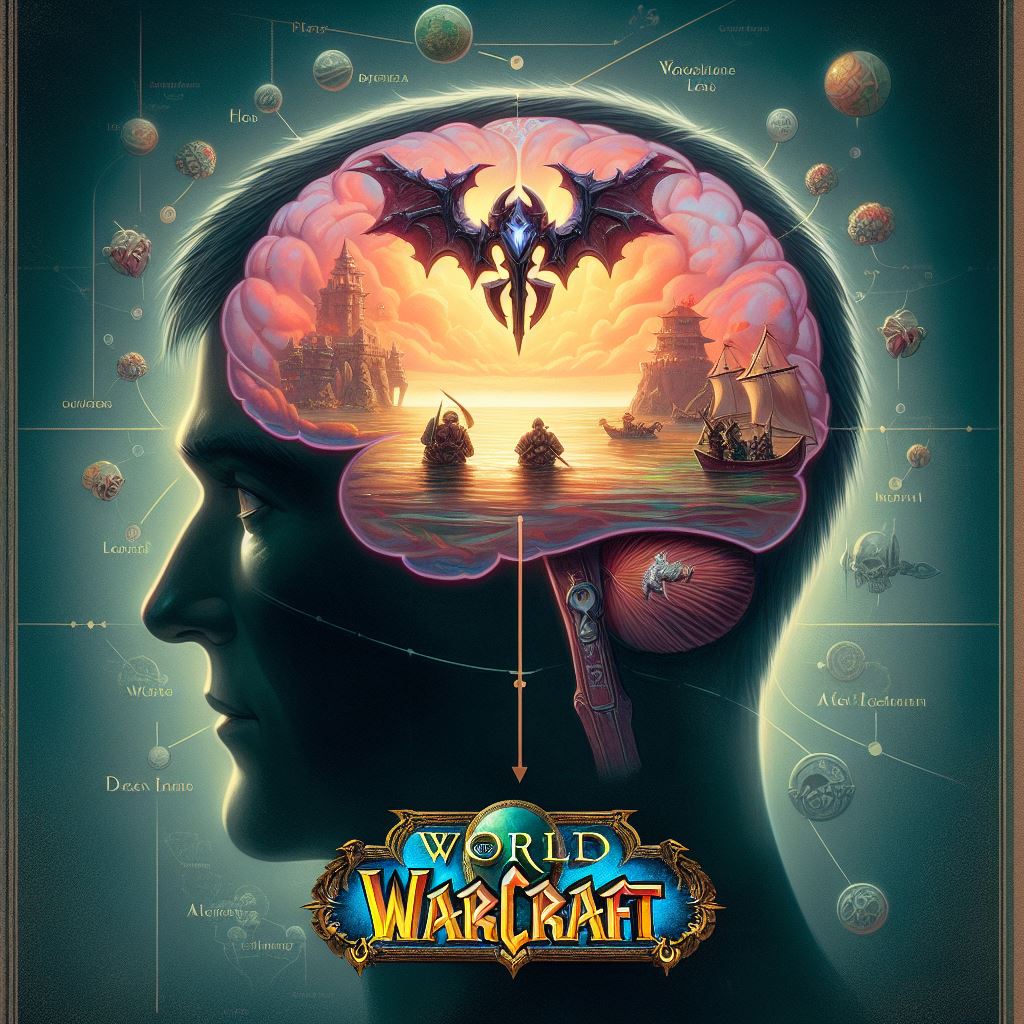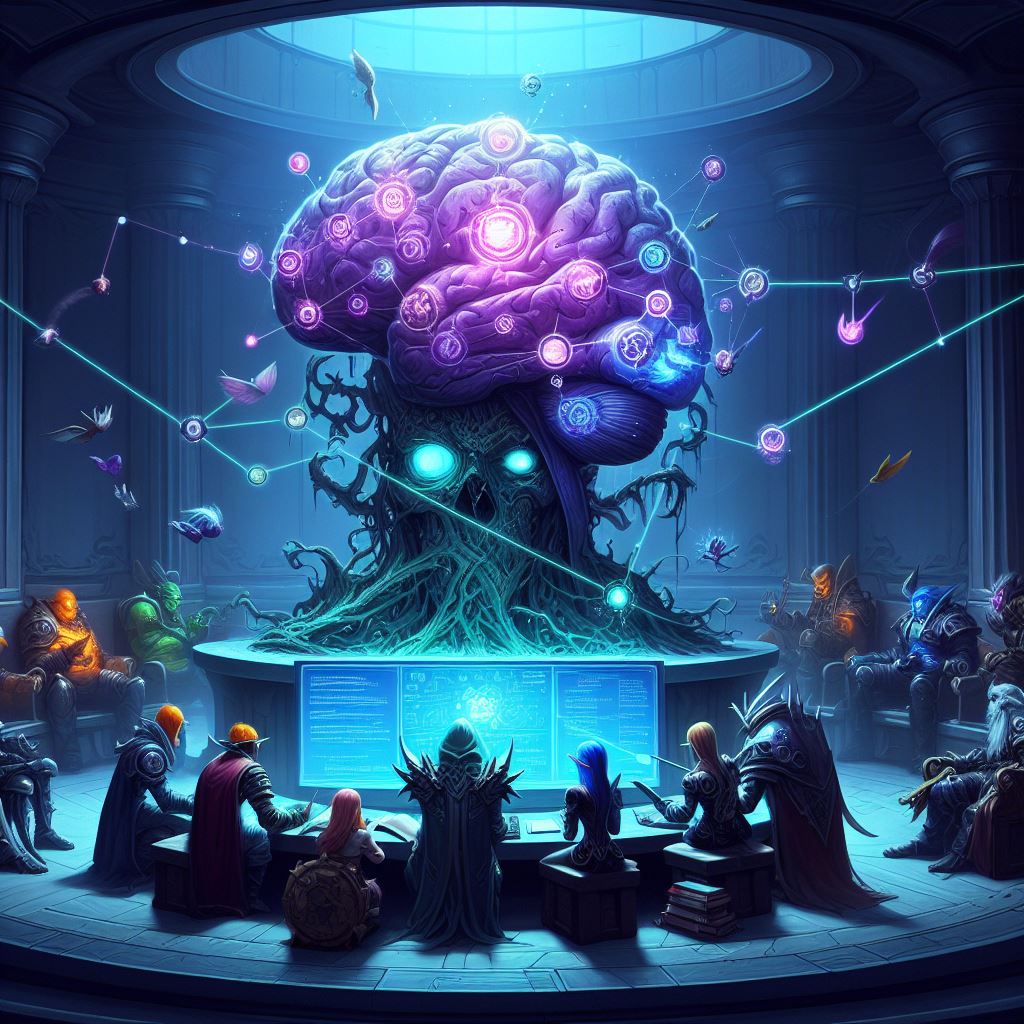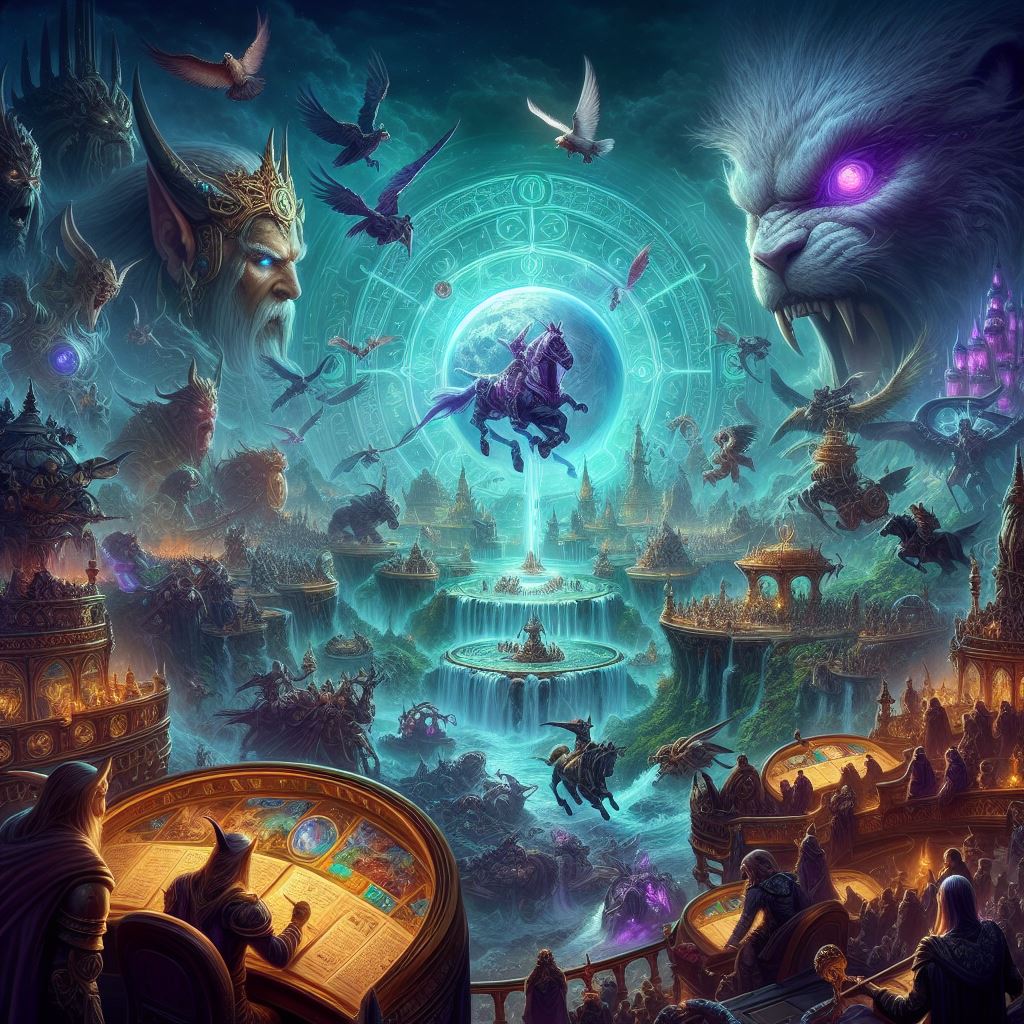Introduction: Immersion into the World of Azeroth
World of Warcraft (WoW) is more than just a game; it’s a vast digital universe that invites players into an expansive fantasy world. Since its launch in 2004, WoW has captivated millions with its rich lore, ongoing content updates, and a vibrant community. This introduction explores how the game’s design and community have evolved to retain players over many years, emphasizing the psychological hooks that make WoW so engaging.

What Draws Players to World of Warcraft?
The initial allure of WoW can be attributed to its immersive world where players can escape reality, assume heroic personas, and experience epic adventures. The game’s ability to continuously evolve—introducing new stories, characters, and worlds—keeps the gameplay fresh and exciting. The anticipation of discovering new content and the satisfaction of completing challenging quests are key factors that hook players initially and keep them coming back. https://buyboost.com/
How WoW Has Evolved to Retain Players
Over the years, Blizzard Entertainment has masterfully added layers of content that cater to a variety of player types—from those who enjoy solo quests to others who thrive in collaborative raids or competitive PvP battles. This evolution is a testament to the game’s design philosophy of providing something for everyone, ensuring that no player ever feels they have reached the end of their WoW journey.
Understanding the Reward Cycles in WoW
Reward cycles are fundamental to the game’s ability to engage players long-term. These cycles are carefully designed to deliver a constant sense of accomplishment, which is crucial for player retention.
The Role of In-Game Rewards and Achievements
In WoW, rewards come in many forms: rare items, achievements, titles, and even prestigious mounts. These rewards serve not only as tokens of achievement but also as social status symbols within the game community. The desire to collect these rewards motivates players to log in daily, participate in group activities, and push their limits in challenging environments.
Balancing Challenge and Reward for Long-Term Engagement
The key to maintaining player interest is the delicate balance between challenge and reward. If the game is too difficult, players feel frustrated; if it’s too easy, they get bored. WoW developers have fine-tuned this balance to ensure that players are continually challenged while also feeling competent and rewarded for their efforts.
The Social Dynamics of WoW: Community and Belonging
One of the most significant aspects of WoW is its strong sense of community. The game fosters a sense of belonging that can be as compelling as the gameplay itself.
The Impact of Guilds and Social Interaction
Guilds play a crucial role in WoW, providing a framework for social interaction and collaboration. They are not just teams for raiding but communities where friendships are formed, and social norms are established. These social structures help retain players by creating a sense of obligation and belonging.
How Social Obligations Promote Player Retention
Social obligations in WoW, such as scheduled guild activities and cooperative quests, create a commitment mechanism that encourages regular participation. The fear of letting down friends or missing out on group achievements provides a strong incentive to keep playing.
Psychological Impacts of Long-Term Gaming
While WoW offers numerous benefits, such as improved strategic thinking and team-building skills, it is not without its psychological risks.
Positive Psychological Effects of MMO Gaming
For many, playing WoW is a therapeutic activity that reduces stress and improves mood. The success achieved in the game can enhance a player’s self-esteem and provide a sense of control and accomplishment that might be harder to attain in the real world.
Potential Negative Consequences of Prolonged Play
However, excessive play can lead to negative outcomes, such as social isolation, disrupted sleep patterns, and diminished physical health. Recognizing these risks is crucial for maintaining a healthy balance between the virtual and real worlds.
Expert Insights: What Psychologists Say About WoW Gamers
Psychologists have studied the effects of long-term gaming and provide insights into how games like WoW influence behavior and mental health.

Studies on Gaming Addiction and Engagement
Research indicates that the compelling nature of MMOs can lead to behavioral addiction in a small subset of players. These studies highlight the importance of moderation and the need for strategies to manage gaming habits responsibly.
Strategies for Healthy Gaming Practices
Experts recommend setting time limits, taking regular breaks, and maintaining a healthy lifestyle to mitigate the risks associated with prolonged gaming sessions. Engaging in social activities outside of gaming can also help balance one’s lifestyle and reduce the risk of addiction.
Conclusion: What Keeps Players Coming Back to WoW
The enduring appeal of World of Warcraft lies in its ability to offer a continuously evolving adventure in a world full of challenges, rewards, and a strong community. It is these elements, combined with the game’s deep lore and the personal connections players develop, that keep them returning to Azeroth year after year.


Leave a Reply